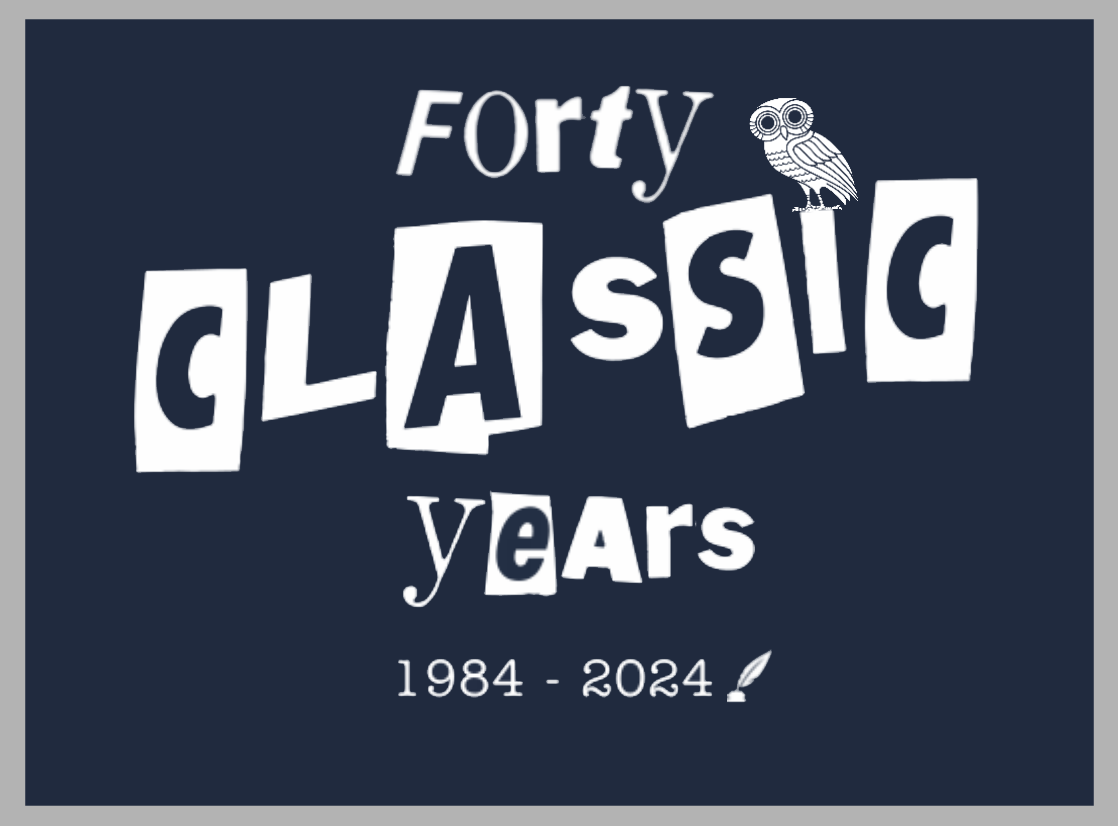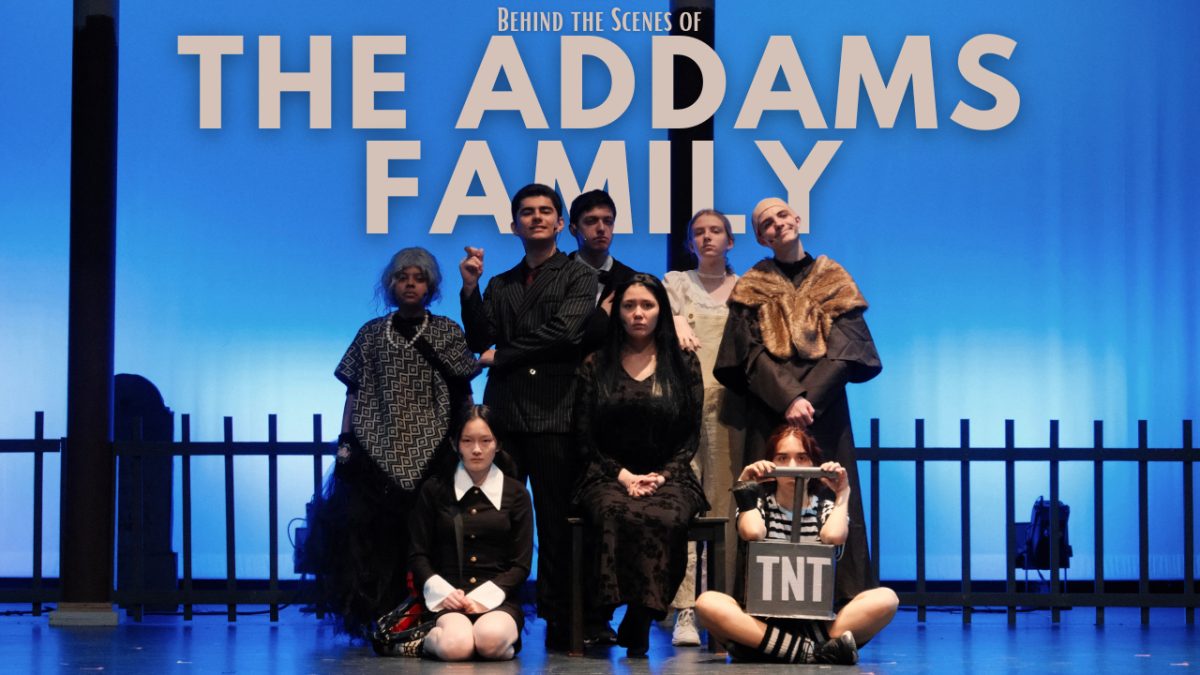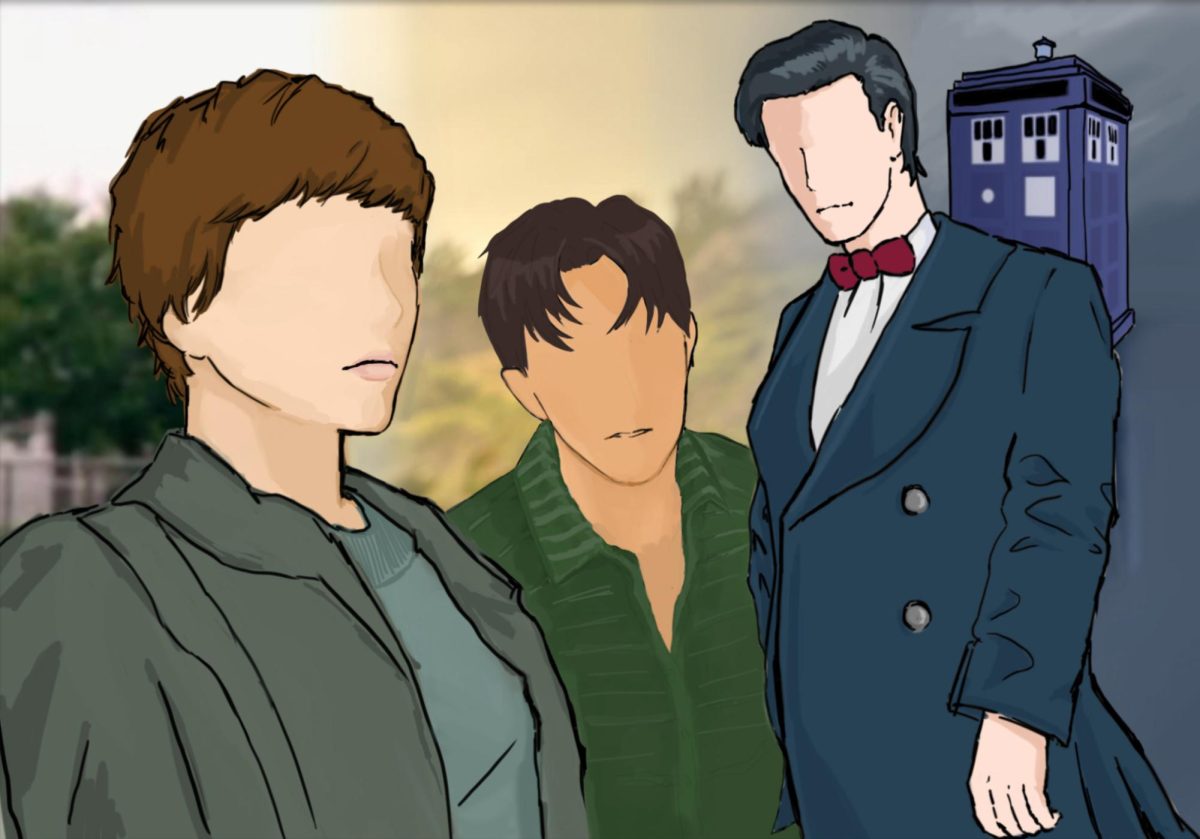
Some infinities are bigger than other infinities. Some YA book adaptations are better than other YA book adaptations. The Fault in Our Stars, based on John Green’s blockbuster romance about teens with cancer is getting the attention usually reserved for summer tentpole flicks, not stories that would traditionally be reserved for the indie circuit route. The book is beloved by readers, and despite the conventions that compose the plot, fans know that it’s the dark humor, philosophy, and calculated heartbreak that Green weaves throughout that justifies the fanfare. And despite the numerous failed adaptations that Fault leaves in its wake, it’s ultimately successful–the story begs absolution for all the clichés that its premise implies, and it earns it—with sardonic wit, skillful use of pathos, and a star-making performance from Shailene Woodley.
Seventeen year-old Hazel Lancaster (Shailene Woodley) hasn’t done much since being diagnosed with cancer years ago. On top of the constant pill-taking, doctor’s appointments, and dragging around an oxygen tank to supplement lungs that “suck at being lungs,” she’s occupied her time with reality television, reading the same book over and over again, and grudgingly attending support group at her parents’ insistence. Support group never does much more than test the limits of her barely-restrained sarcasm, but with the advent of the gorgeous, one-legged, formerly osteosarcoma-suffering Augustus Waters (Ansel Engort), she starts to do what she never expected to, which is fall in love.
The two share a fascination with Hazel’s favorite book, about a girl with cancer that ends mid-sentence, as well as one about the man who wrote it. Cashing in Augustus’ cancer-kid wish, the two plan to embark on a trip for Amsterdam. But when Hazel and Augustus are forcibly reminded of Hazel’s dwindling lifespan, she becomes determined not to let herself fall in love, in order to “minimize the casualties” left behind after her impending death. With Amsterdam, Anne Frank, and a night of bottled stars, Hazel realizes the importance of valuing a life between numbered pages.
Fans of the book know what to expect from this movie—a heartthrob romantic lead speaking in metaphors and dealing in well-intentioned sophistry; a love story accompanied by a metaphysical contemplation that later segues into heartwrenching drama. That’s been the big selling point of this movie, appealing to our culture’s bizarre, collective gluttony for tragedy, for emotional evocation. It’s a strange contrast to the big-budget, sensory overload blockbusters that traditionally garner filmgoer interest, but Fault counters that with successful emotional appeal. The story has its cliches, yes, and simply begs the countless boyfriends that will inevitably be dragged into this movie to roll their eyes.
You can see the strings being pulled, girl with terminal illness echoing Love Story, idyllic backdrop and hunky male love interest the recipe for a standard-grade tearjerker. But this is where Green deserves credit, for taking a mundane story and spicing it with ideas and revelations about mortality and life that are funny, sad, and true. This is a moving odyssey that’s simply masquerading under the skin of a teen romance. For to meditate on mortality–what better way to do that than with youth? To meditate on love and life–what better way to do that than with romance?
Bear in mind, this is a love story with different shades. Woodley’s scenes with her mother, played by a devastatingly good Laura Dern, remind us that her character being a “grenade” destined to ruin those around her–applies to her parents as well. “I’m not going to be a mother anymore,” Dern sobs in a flashback scene, when it appears a young, dying Hazel has finally succumbed to the grip of cancer, with such sincerity that even the most jaded audience members can’t help but feel their hearts break a little.
Woodley is incredibly adroit in the role, taking on the beloved character with flair. She’s not new to the YA literary adaption scene, building on past roles like her one in The Spectacular Now. She’s genuinely stunning, capturing the complex range of emotions of her character, those of a seventeen year-old girl that the audience can immediately identify with, and also the more subtle ones of someone facing their own death. She’s sympathetic all around, her facial expressions as good a proxy for the engrossing narrative that Green wrote as one could possibly muster, the film understandably handicapped by the page-to-screen transition.
But Woodley’s mesmerizing onscreen presence isn’t the only trick up the sleeves of this film, in fact, it’s only the icing on the cake. Director Josh Boone and screenwriters Michael Weber and Scott Neustadter maneuver the bestselling source material with aplomb; the editing, on-screen text messages, and pop music-infused soundtrack compliment the source material brilliantly and show a crucial understanding of the audience that the movie brings in. Certain scenes–such as the end montage as Hazel reads a key letter under the stars, accompanied by M83’s “Wait,” and a car drive to Birdy’s “Not About Angels,” carry surprisingly potent emotional gravitas.
Engort is less dazzling as the in-remission dreamboat Augustus, who Hazel (as well as female readers) apotheosize. The subtleties of his character are lost here, Green’s deconstruction of the boy who’s determined to be remembered only really fleshed out in a few moments. But Engort benefits from working opposite the talent of Woodley, and in one highly-anticipated scene towards the end, he shines.
The film succeeds in that it sidesteps the failed routes of infamous failed literary adaptations. Rather than attempting to make a by-the-numbers recreation of the novel to preserve its integrity (see Julian Fellowes’ bland Romeo and Juliet adaptation) or completely alter its DNA, resulting in a work that’s unrecognizable to readers (see: Percy Jackson and the Olympians), it translates, rather than adapts—and having been able to realize that distinction is integral to why the filmmakers were able to produce such a strong film, and why it’s been a universal success, among fans, at the box office, and even among Fault laymen. Choice scenes and characters are removed not heartlessly but tactfully; new lines and scenes are introduced to flesh this out into a cinematic work that pairs well alongside the book. The extended Amsterdam sequence lends credence to this love story the audience is meant to care about, and makes the ensuing tragedy all the more heartbreaking.
Clever, funny, and earning the tears it elicits, Fault transcends being simply a good book adaption, emerging as a stellar, evocative film, so much so that wearing the label of “teen movie,” is almost an insult. Then again, as the film works so ardently to underscore the underappreciated complexity of teenagers, maybe going down as one of the best teen movies in recent memory isn’t such a terrible thing.


























